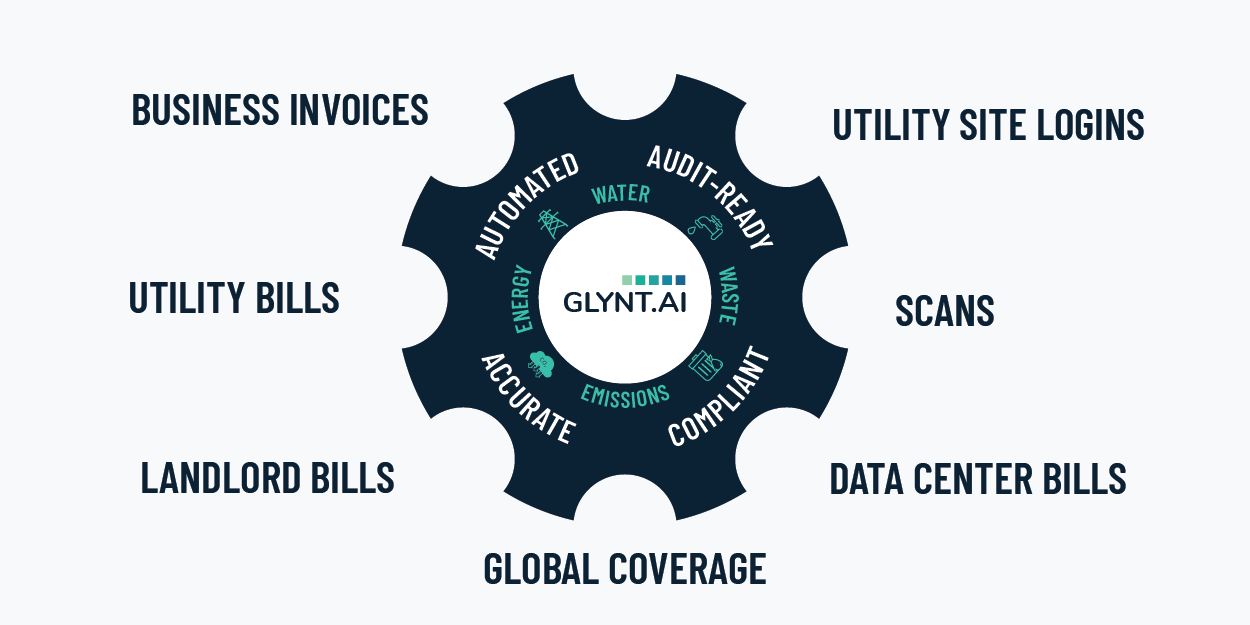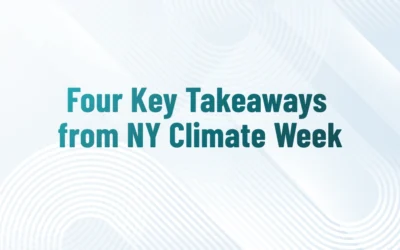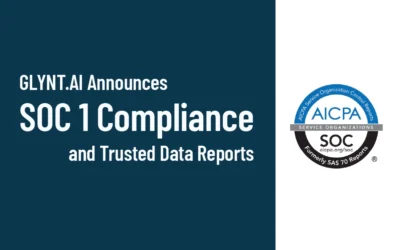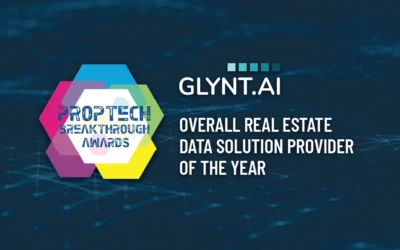Voluntary reporting was a best-efforts situation. Sustainability teams struggled to build their internal processes and infrastructure. And all too often sustainability professionals, with graduate degrees, found themselves typing data into spreadsheets because no one else knew what to do.
For the reader, voluntary carbon disclosures have presented three challenges:
- Use of estimated data, not actual.
- Varied selection of the sites reported, without consistency across years, reporting frameworks or comparable businesses
- A focus on one or two “trophy sites” who go through deep analyses and clean energy transitions, and no reporting on any other reduction activities
It is not surprising that MIT has started the Aggregate Confusion Project to untangle reported ESG data.
As we move to mandatory climate disclosures, the rules have changed:
- Actual data when possible is required, and the use of estimates must be disclosed via data quality scores and narratives
- Sites included in financial reporting must be included in climate disclosures
- Footprint-wide reduction plans must be reported, including capital and operating expenses associated with their implementation
- Reduction plans, which will take several years, are now a new type of forward-looking statement by the CFO, requiring intense preparation in existing financial planning tools
And thus, every business – whether a voluntary reporting company or a newly reporting company – faces the same challenge: How to gather all the actual sustainability data across the footprint and build a footprint-wide reduction plan.
GLYNT’s Automated Sustainability Data Service
Delivers Actual, Accurate Data Across Your Footprint
Trophy sites have served an important role in building internal expertise and experience on how to measure energy, water, waste and emissions and how to develop a multi-pronged reduction strategy. But now the challenge is how to bring in the same set of diverse reduction strategies to all sites. And to automate the capture of varied sources and diverse formats including IoT sensor data, scans of paper bills, operating logs, asset lists and more.
Talk to GLYNT. We can help every financial and sustainability team get that actual, footprint-wide sustainability data required for reporting and for building the capital efficient reduction plan. Comply with climate disclosure mandates, deliver operational savings. And integrate with existing business processes.
Awesome sustainability data is the first, no-regrets step to meeting the new reporting requirements.
TAKE A LOOK AT HOW WE DO IT

